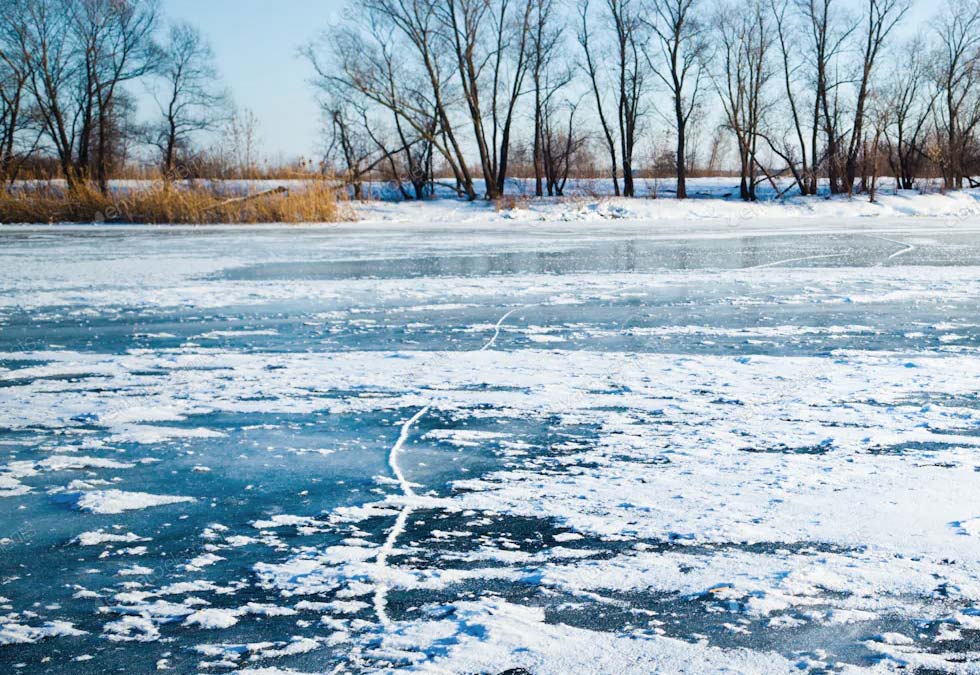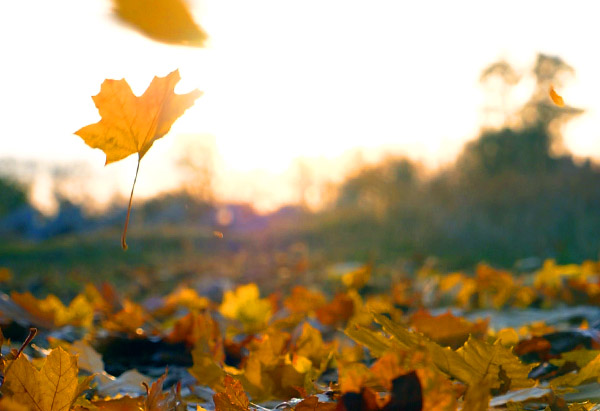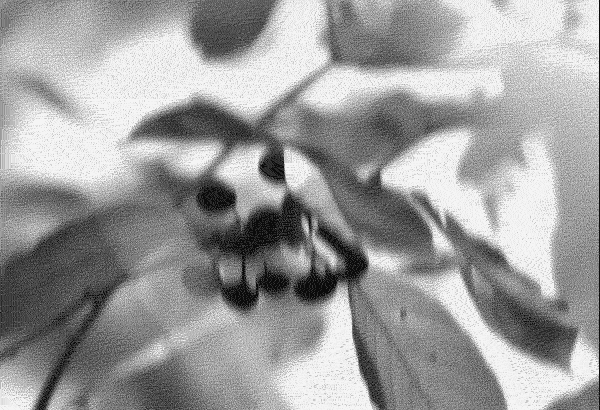Ponds in Winter
Do you ever wonder what is happening with your pond during the winter? While many people think “nothing,” a lot is happening below the surface.
Here in the Midwest, lakes and ponds are typically subjected to some period of freezing during the winter. The extent of freezing depends on factors such as temperature, wind, and the size and depth of the pond. Shallow ponds are more likely to freeze completely, while deeper ponds may only freeze at the surface. When a pond freezes over, it becomes sealed off from the regular exchange of gases between air and water. Oxygen above the ice cannot mix with the water, and carbon dioxide from the respiration of animals becomes trapped below. Meanwhile, gases released by decomposers, including carbon dioxide, hydrogen sulfide, and ammonia, accumulate near the bottom of the pond.
Some aquatic plants and algae continue to use whatever sunlight passes through the ice for photosynthesis, releasing oxygen and absorbing carbon dioxide. But as ice thickens and becomes covered with snow, less light penetrates, and less oxygen is produced. In some instances, oxygen levels can fall so drastically, especially in shallow ponds, that fish die off. If your pond is covered with snow for an extended period, shoveling some of it off is a good idea to allow in some light.
Despite the freezing surface of a pond, deeper water layers may remain relatively unfrozen. The layer of ice acts as insulation, preventing heat loss from the water below. The coating of ice also protects pond life from the extremes of winter weather. Although some plants and insects overwinter as dormant seeds or eggs, much pond life continues as usual throughout the winter, only at a slower pace that requires less food and oxygen. Minnows remain sluggishly active, as do tadpoles and crayfish. Free-swimming predatory insects, including whirligig beetles and predaceous diving beetles, continue to look for food. These insects use tiny bubbles and films of air as minute scuba tanks into which oxygen diffuses from the surrounding water. Muskrats often emerge from where they huddle in dome-shaped winter lodges of mud-packed cattails. The level of oxygen-carrying hemoglobin increases in their blood in winter, enabling longer dives under the ice where they forage on submerged stems and roots. Beavers huddle together in lodges to preserve body heat. When hungry, they leave the lodge by an underwater entryway and swim to where their branches have been stored for winter, having been cut and pushed into the mud during the fall. Beavers also rely on stored body fat to survive while also maintaining a reduced heart rate. In winter, a diving beaver’s pulse rate drops so low that it can remain submerged for fifteen minutes.
Cold-blooded animals dramatically slow down by decreasing their heartbeat, circulation, metabolism, and growth. Frogs, salamanders, and turtles dig into the mud for oxygen-rich seeps. Garter snakes sometimes hibernate in crayfish burrows at the pond’s edge. Snakes occasionally share the same burrows with frogs and salamanders, the creatures hunted by the snake earlier in the fall. Snapping and painted turtles also hibernate near the edge of the pond.
Hibernating turtles can absorb some oxygen directly through the surface of their exposed skin as a winter survival adaptation. Turtles will occasionally awaken under the ice and can be seen swimming about.
Overall, ponds undergo a period of dormancy and adaptation during the winter months, with their ecological processes slowing down until spring brings warmer temperatures and renewed activity.




